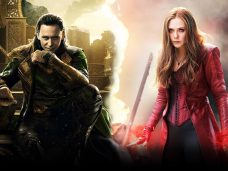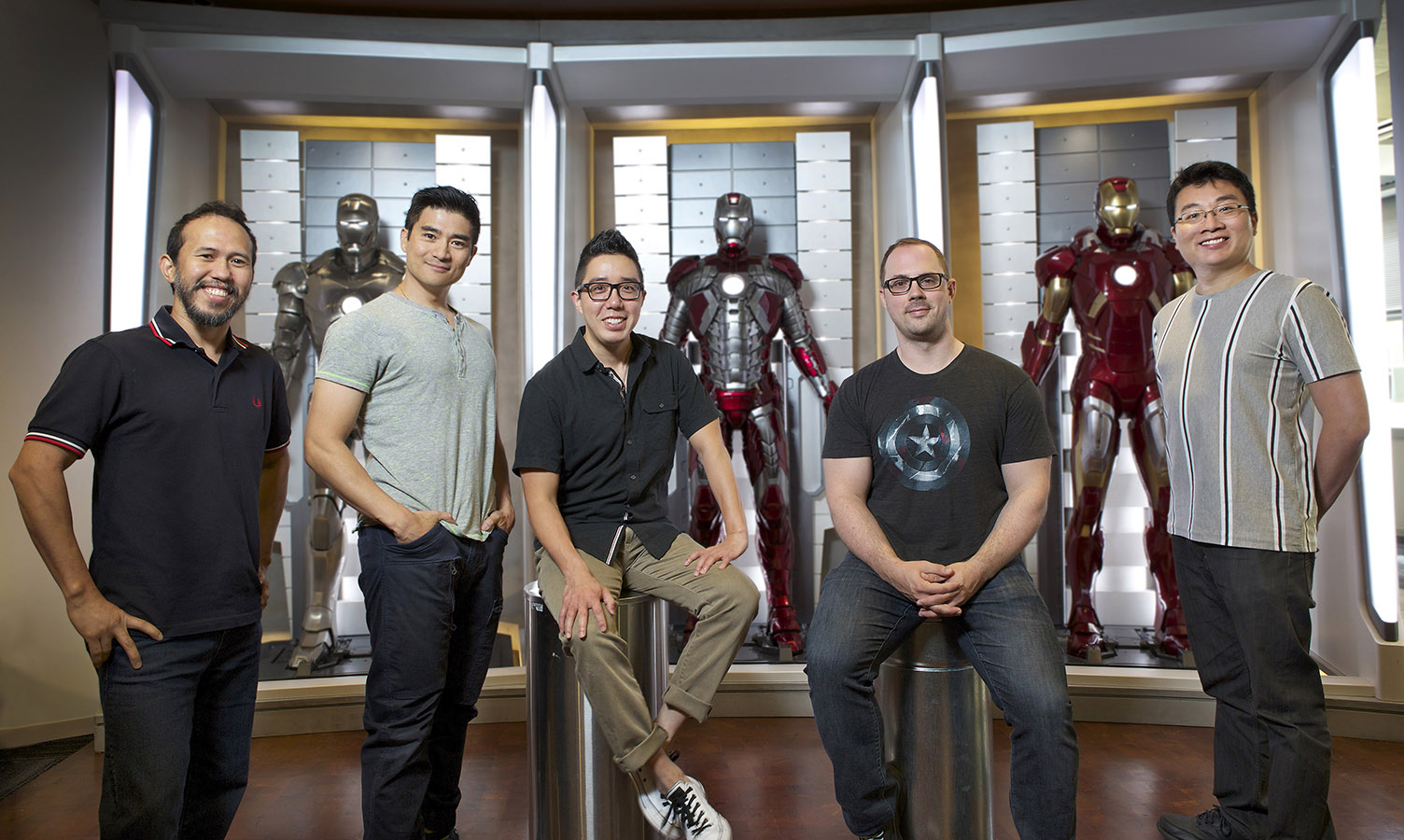
The Marvel Visual Development Team: Anthony Francisco, Rodney Fuentebella, Andy Park, Ryan Meinerding, and Jackson Sze
By Steve Savitsky
Photos by Seth Joel Photography
Art courtesy Marvel Studios
In what may be the greatest job on Earth, the artists of Marvel Studios’ Visual Development Team are the caretakers and shapers of legends, translating the heroes and villains of Marvel Comics into the equally beloved Marvel Cinematic Universe, the ultra-successful series of films set in a common shared world. Through their concept art and costume design, these illustrators have determined the look and feel of the entire MCU, starting with the first Iron Man, designing some of the most popular media characters of our time. As the films grow even more complicated and ambitious in scope, the team has regularly risen to the challenge with breathtaking design work, bringing these characters to life and inspiring countless cosplayers across the globe.
The core team is comprised of Head of Visual Development Ryan Meinerding, Visual Development Supervisor Andy Park, and Visual Development Illustrators Jackson Sze, Rodney Fuentebella, and Anthony Francisco. After 10 years and some 14 films, they are just as passionate about their work as ever, and easily match their filmgoing audiences as fans of the source material, with great respect for the comics. We spoke with these supremely talented artists in the Thor conference room at Marvel Studios on the Disney lot in Burbank, CA, where they readily expressed the sense of fun and luck in being able to do what they do, with the word “fortunate” coming up multiple times during the conversation.
We first discussed how their character designs for the films influence and inspire so much of the cosplay world, and how it feels knowing their work will be copied by thousands of cosplayers.
RODNEY: It’s always rewarding to see when other people take an interest in what we do, to the extent of doing something like cosplay, where they spend their own time, their own money, their own effort into creating something that’s being done here in the studio. When you see people have that passion for what goes on here, it really energizes us.
JACKSON: We’re so glad that people are receptive to the movies and the character designs enough that they’re actually making costumes. I’m incredibly honored if they decide to recreate something I designed. When you see somebody outside embrace what we do, it’s a great reminder of how fun the work actually is, and it’s very fulfilling and satisfying. You start realizing you’re part of a community, that these characters actually move beyond the movies and grow with people’s interpretations of them. It’s nice to be part of that process and that community.
ANDY: With every comic book movie that comes out, the quality just gets better and better, so we’re always trying to raise the stakes design-wise, to be more creative and inventive.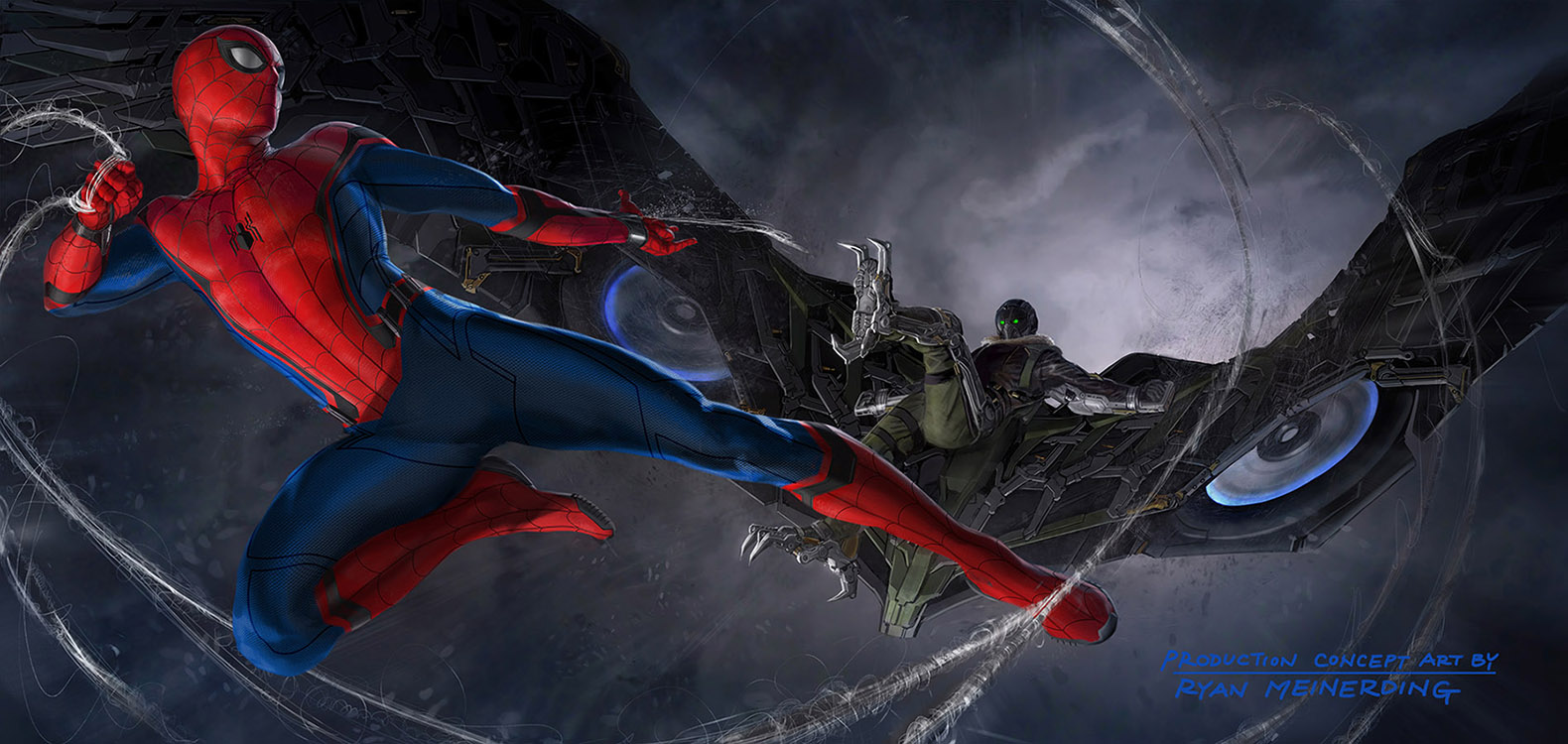
As concept artists, the group is responsible for turning decades of comic book characters into faithful, identifiable icons that work for the more grounded medium of film. In addition to character concept poses which focus on costume design, they also illustrate key frames, which show important story and action moments. The team constitutes a very rare setup in the film business, in which the artists work directly with the director and producer, with no art director as middleman. This process provides the ability to work faster and more consistently, and grew organically, with Marvel Studio’s first production of Iron Man in 2006.
RYAN: Jon Favreau had worked with a couple of illustrators before, and he’s a director that loves to work with artists. So myself, Phil Saunders, and Adi Granov were brought in to work on Iron Man, and Marvel got used to the idea of working directly with artists. Typically, people like us would be either in an art department or in a costume department, working for a production or costume designer. But because they got to know us personally, they found it was a beneficial process where they could directly say what they’re looking for, as opposed to having another person in between them. When Avengers was starting, the project was so big that Marvel asked if we would formalize a team and hire new artists, and that’s when we hired Andy, Jackson, and Rodney. When another big project came along, Guardians of the Galaxy, we ended up hiring more people, and Anthony was part of that group.
ANTHONY: A visual development team sets the style and quality control so you’re able to have this coherent visual language. Ryan’s style is pretty much what the MCU looks like and the people he decides to bring in supports this look.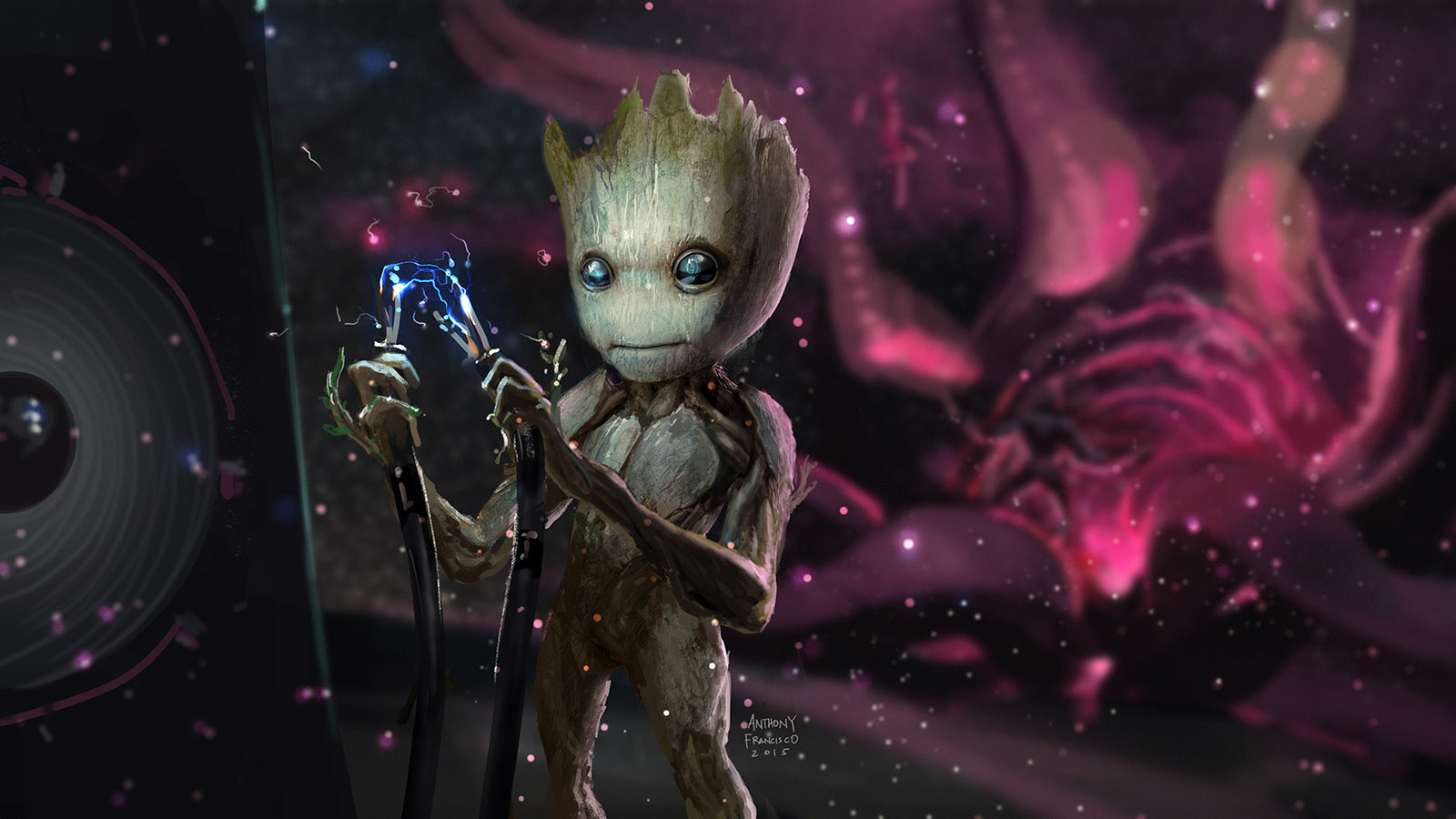
Much of the success of the MCU is due in large part to the great respect given to the source material, something sorely lacking in comic-based films of the past. With decades of stories and tradition in the original comics, there’s a wealth of visual and story information for artists to study and pull inspiration from. A key challenge has been in keeping the established core look of a character that fans know while making it work on film.
RYAN: Most costume design for film usually starts with trying to find an icon and then making the icon work for the story. We’re fortunate that the icons are already figured out; all of the stuff from the comics is what’s great and unique about the character, so it’s about translating that icon into a design that’s going to work. We’ll get notes what the producers and directors are looking to achieve. In Captain America: First Avenger, it was trying to find a version that felt like heightened World War II, but also felt practical. For Winter Soldier, they wanted to find a more tactical, stealthy version of Cap. One of the things that’s interesting about Marvel is that most of the producers will know as much or more about the characters than we will.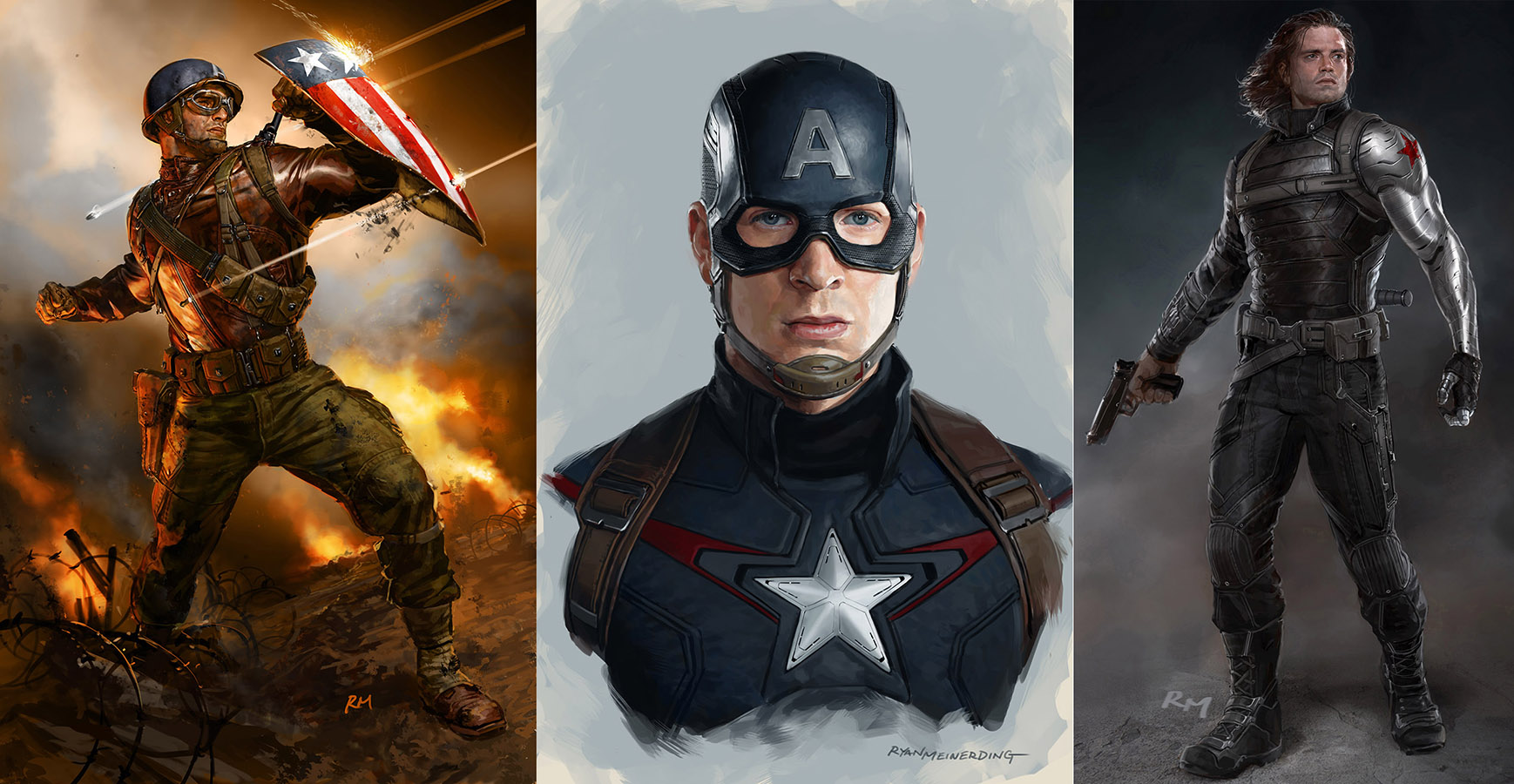

RODNEY: We always look at what’s in the comics and try to make it as iconic as possible. Sometimes we tailor things to make it more real-world, but our primary goal is to make it feel like it belongs in the story that’s being produced. When I designed Yondu from Guardians, we looked at all the comic references, trying to make him feel like he fits in his role as head of the Ravagers, as a character.
RYAN: We approach design at the beginning by trying to come at it from different art directions. A character like Dr. Strange needed to feel different and unique, and finding that look took a bit of time. There’s different variations of Dr. Strange in the comics, and we’ll try interpreting his look as a jacket, or like robes, or like something more mystical. Once we get a direction going the directors and producers like, it’s just about honing in.
RODNEY: As illustrators, as concept artists, we do a lot of ideations to see what works, what we like; the producers and directors choose what fits with their vision of the film.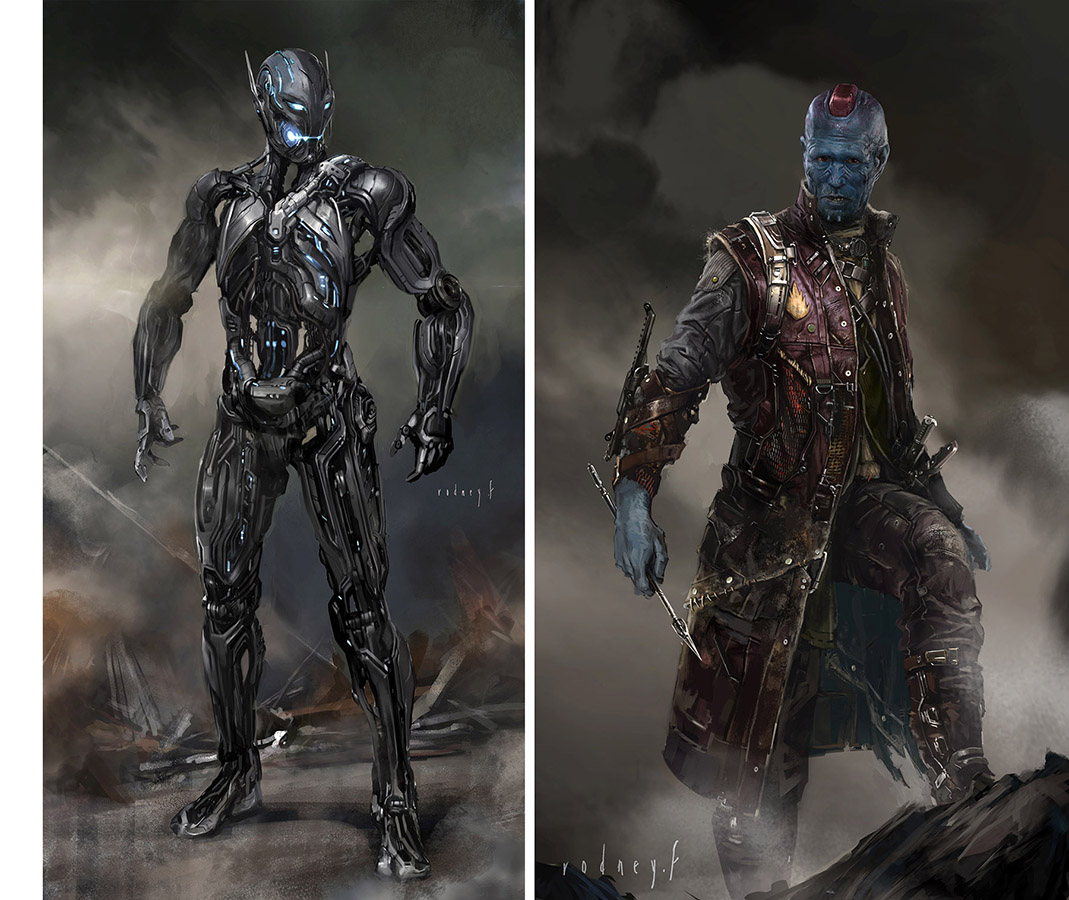
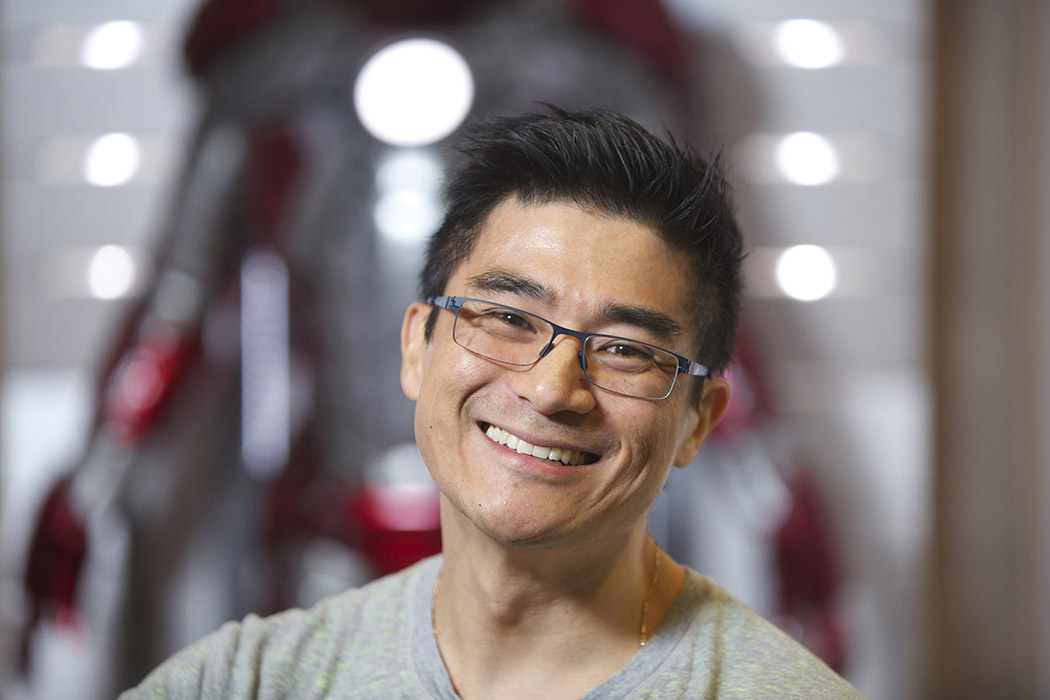
ANDY: Coming up with the designs of a character is always collaborative, combining what I want to see from that character with the needs of the film and what the director wants. Very often the script is in such an early phase of the process that there isn’t much direction and we’re given free reign. The concept stage is typically 6 months, but it could last as long as a year.
JACKSON: For Avengers: Age of Ultron, the whole team worked on hundreds of variations, just to gauge what the director and producers were thinking in terms of aesthetics for Ultron. For minor characters, there won’t be that many variations, but there will always be some so they can choose.
RYAN: They look at our designs, and whoever’s design is picked, that’s who ends up working on it. The person that’s the most passionate, the most interested, will usually be the one who ends up doing the best designs for that character, and is the best one to steward it forward.
ANTHONY: As a fan, you don’t want to cut anything out, you want to try to get everything you remember as a child, to make it translate better. Plus, producer Kevin Feige is a big Marvel guy, too—he really wants to keep the essence of the comic books.
With no real art director, there is much back and forth between the Visual Development Team and the Costume Designers. The team designs with an eye toward knowing what final materials will likely be used, and often modify the design to that end.
ANDY: Whenever we design something we are thinking about materials as well, and how it can be made; we’re trying to make it as believable as possible. Once the costume designer has to start figuring out how to actually make this thing come to life, then it becomes really collaborative. They’ll show us swatches, we’ll have suggestions, and sometimes we’ll do paint-overs. The original Ant-Man suit design I did had a lot of hard metal bits on the shoulders, which is always a trouble area for movement, but I did it because it needed to feel retro, built in the 60’s. I’m sure the costume designers hated me, but in the end what they did was amazing — they figured it out and made that character even better than my design.
RYAN: As fans of the comics, we have an intimate knowledge and passion for the characters that costume designers don’t necessarily bring. Combining our passion with everything they know about construction and what’s going to work on actors’ bodies allows us to achieve something that neither one of us could have done alone. The build times that the costume department usually needs for costumes are about 16 weeks, so we back up our production schedule from there. We usually have between 2 to 3 months to nail the main characters, so the costume department then has enough time to figure out how to make it real. The challenges start coming when we have multiple projects, or when you have Avengers movies where there are so many characters.
ANTHONY: We try not to design things that are not functional, or have silhouettes that are too crazy.
While determining character and costume looks, the team’s artwork can also inspire new ideas to incorporate into the script, which is often being developed in parallel with concept design. Because Marvel Studios is a collaborative creative place, the opportunity is there to pursue interesting ideas.
RYAN: We’ll turn in drawings and they’ll see something that’ll lead them in a different path, like Dr. Strange’s cloak being alive. So not only are we trying to design the cloak, now we’ll need to understand how the cloak is going to move, and Rodney will do great paintings of all the different actions it could be doing. Not only are we focused on trying to create looks for iconic costumes, we’re also trying to create some of the concepts and general direction for the effects.
JACKSON: The idea of showing how Dr. Strange manipulates time—what’s a good, simple way to let the audience know what’s happening? Ryan and I brainstormed ideas and came up with the apple being eaten and uneaten, as a visual so the audience knows time is being manipulated. The producers and director responded to that idea, and it ended up being in the film. When something the department does ends up in the movie, we’re always very proud of that.

ANTHONY: Even little key frame moments allow us to change things. On Ant-Man I did a piece where Ant-Man’s feeding an ant sugar water as a treat, thinking of it like a puppy. They added that to the script, which I didn’t know until the editor told me.
ANDY: There have been times where we’ve gone in a direction, and it was fine for that movie, but then went forward differently. Every movie has its own story— we’re not just designing aesthetics, we’re designing a story. With every costume, every design that we do, we’re doing it to serve that particular story, so there’s a reason why we’re designing it that way.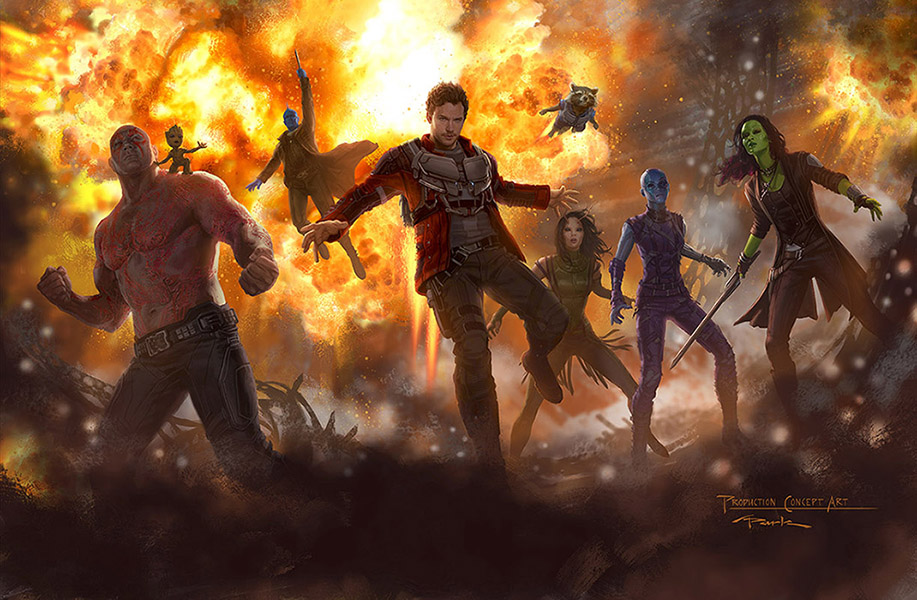
As the MCU grows more complicated, other design considerations come into play, such as how a character will fit in with a large group, as in the Civil War and Avengers films. How the characters evolve from one film to the next is one of the big attractions to the series—the challenge is keeping them consistent, while still standing out from each other.
RYAN: The first time that really became an issue was on Avengers. We were being asked to do lineups to show what everyone was going to look like together, which is an important design element, but had never really come up before. One of the real strengths of the MCU is the idea that this is an icon that is changing, going through a big character change over the course of a lot of movies. There’s already a continuity of aesthetics and style with the same artists doing the character designs, so charting that story feels more powerful than being able to see the whole group together. One of the joys of working here is that we get to be responsible for really making those changes visual.
ANTHONY: It’s really nice when you get a character like Baby Groot, and can watch him grow. The design of Groot will have to change, and you get to guide him through that. If it were a different studio, with different people changing all the time, they would want to do their own thing from scratch.
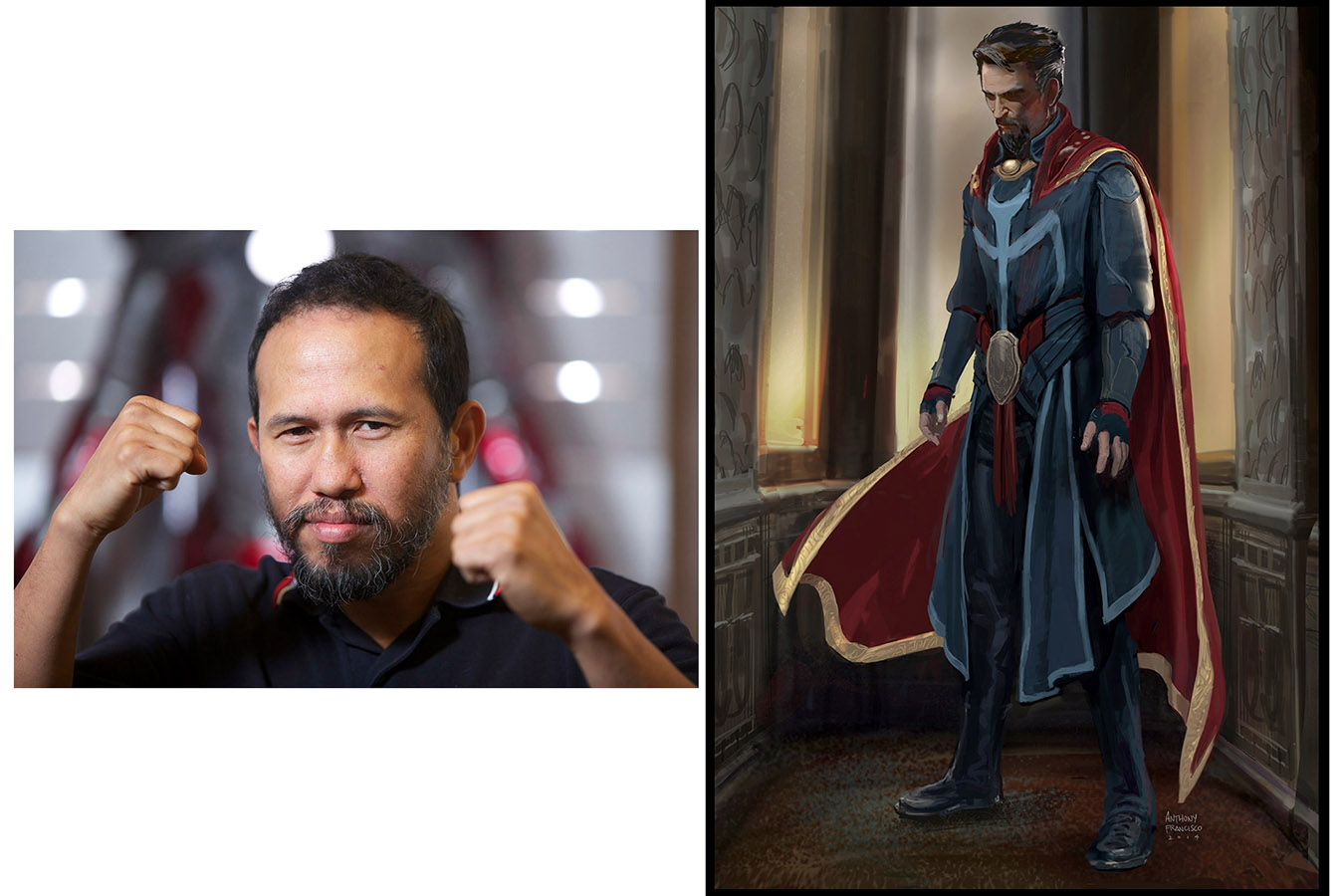
ANDY: The way Marvel Studios grew was essentially like a small start-up. Pixar started the same way—any other studio is already a big massive machine.
RYAN: Here, the value of having that long vision to try and make a whole universe requires an additional amount of participation from people like us. I would think that other studios would see the value in that but it doesn’t seem like it’s really caught on.
Artist Jack Kirby is considered by many the chief architect of much of the original Marvel Mythology, and the artists of the Visual Development Team are instrumental in continuing this mythology into the future. Yet they also feel the need to do justice to the legacy of these characters, to get it right.
JACKSON: There’s tremendous respect for the legacy of Jack Kirby’s work, and making sure that we stay faithful and the fans will be happy. I also really trust in the team and their feedback, so that I know something ridiculous and terrible is not going to pass through my supervisors.
ANTHONY: There is so much history in these characters, and so many who love it; as artists, we just try and do our best. The gratification comes when we see the work we do on the big screen appreciated.
ANDY: There definitely is always the pressure to be respectful. But a lot of us are fans of the comics, so we know what the fans want to see, because that’s what WE want to see. Jack Kirby is definitely the biggest influence on Marvel Comics and these characters. You can see his influence on a lot of the movies, especially Thor 2. And wait until you see Thor: Ragnarok — I led the team on that, working with Taika Waititi, and similar to James Gunn, he has his own vision and unique perspective. This one is going to be a crazy, fun, unique Thor, and I’m so excited for it.
RODNEY: We’ve been fortunate enough to work on these movies where the stories have been pretty great. In the end, it’s always gratifying seeing these characters being represented and people loving them.
RYAN: Everything we’ve worked on has something to do with the original creators, and the more chances we have to make that stuff really drive the visuals, the luckier we are. There are things from the comics and specifically with Jack Kirby that we’re always trying to pull in. In certain ways, the Jack Kirby-ness of specific technologies is challenging because how strongly graphic it is; it’s almost too iconic. Some of the next movies coming out have really tried to embrace it even more than in the past. It’s going to be exciting for people to see.
Favorite characters or designs that turned out best:
RODNEY: The Ultron sentries for the army of Ultron. I worked pretty hard on those, and liked the way they’re represented on screen.
ANTHONY: Baby Groot, because he’s close to my heart. My kids were my reference for that, especially my son when he was younger.
RYAN: The Mark 1 Iron Man, mainly because it was the first one I got to work on, and technically the first super-hero in the MCU.
JACKSON: Yellowjacket from Ant-Man, because I was pretty involved in trying to figure out all the arms and the helmet.
ANDY: Ant-Man, Hawkeye, and Black Widow. I got to design every version of those for every movie—it’s great to revisit these characters that you really get to know.
Hardest design concept to pull off:
JACKSON: It would be Ego, Kurt Russell’s character in Guardians of the Galaxy 2. That was just a long process, trying to get this look, months of work.
ANDY: Ego. We all did designs and at one point they did like something I designed, but then the story changed and we had to revisit it again. Eventually Jackson did the final design that you see in the movie. The Dark Elves from Thor 2 were another one; it was at least 6 months to a year of just version after version after version.
RYAN: The Hulk has consistently been the hardest character for me, and also the most gratifying because he always looks great. In order to do the design for Hulk for Avengers I had to learn ZBrush — I always want to be able to do more to try and make him as great as he can be.
Favorite characters you’d like to design:
RYAN: I’d love to be able to tackle the Thing someday, because I enjoyed working on the Hulk. And Wolverine, of course—those are amazing characters.
ANTHONY: All of the X-Men, except the rights would have to be back at Marvel.
ANDY: X-Men: Wolverine, Gambit, Psylocke, those characters would be a dream. It’s already a dream come true that Spider-Man’s in our universe—I never thought that would happen, so you never know.
JACKSON: The giant head, M.O.D.O.K.— that would be amazing, just for the challenge of it!


